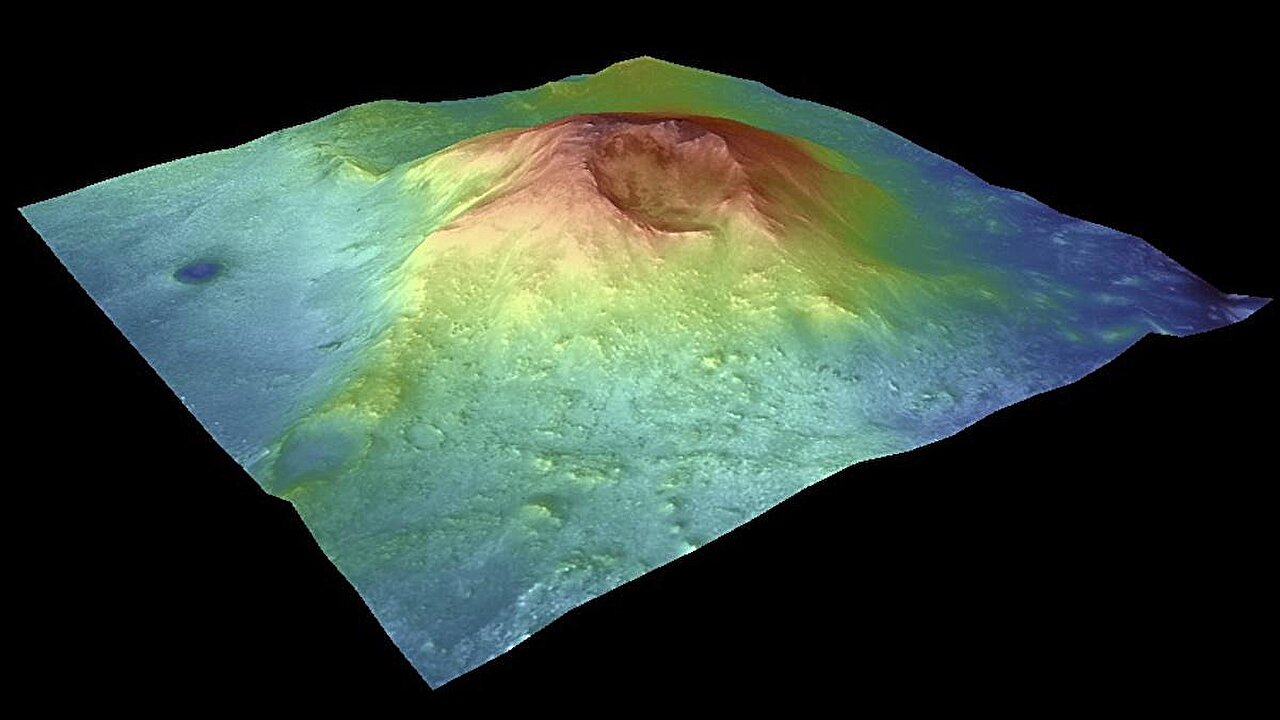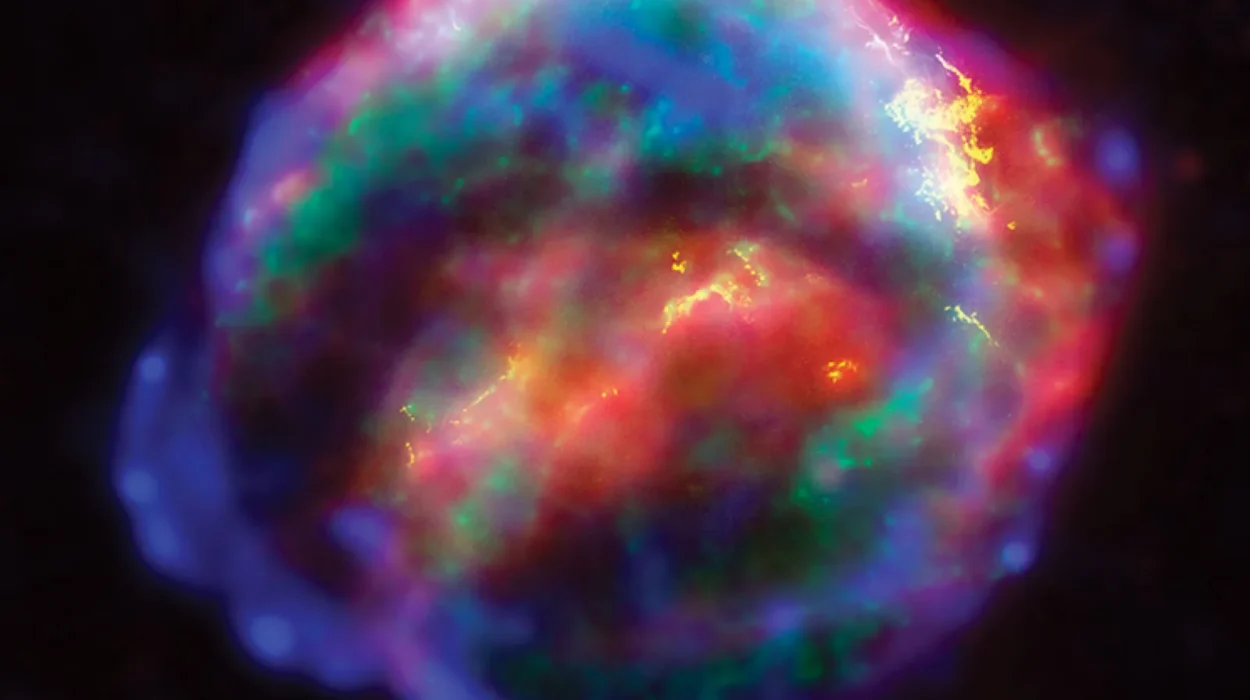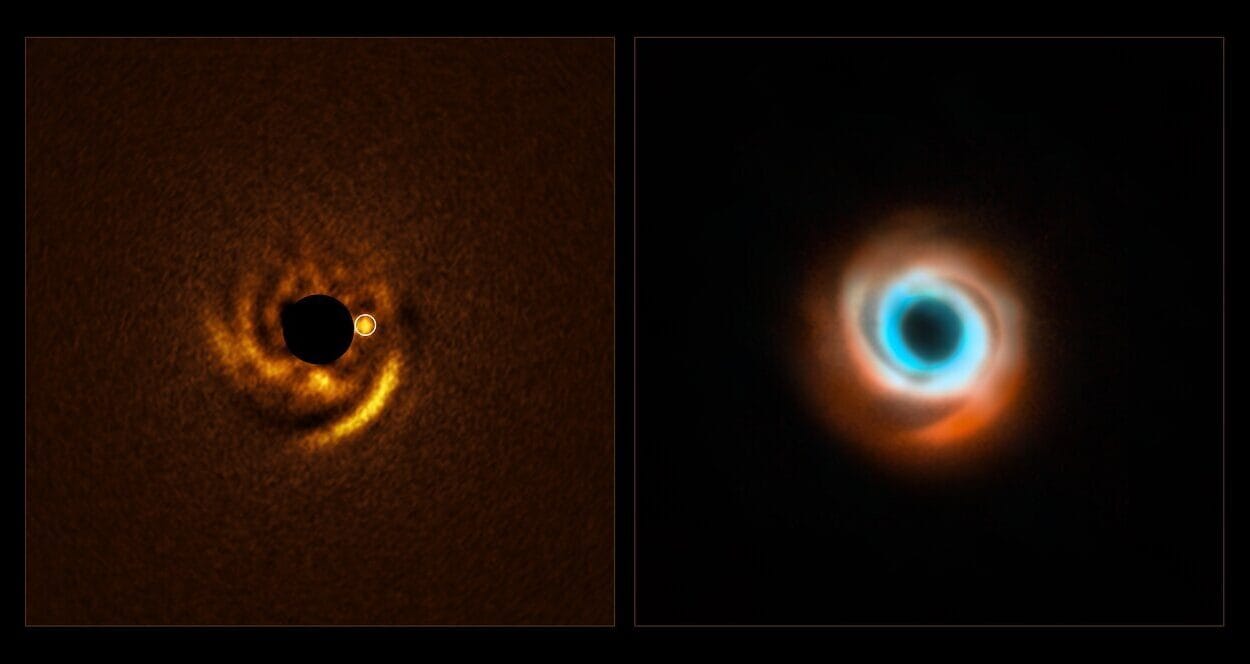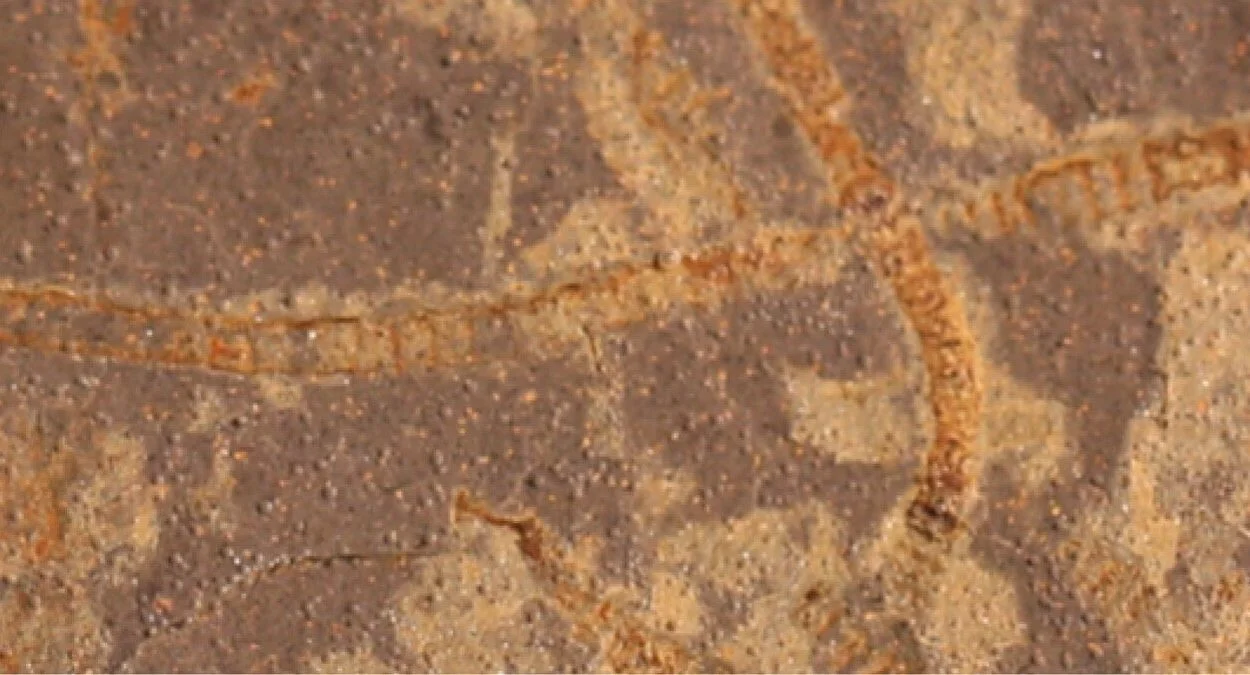When NASA’s Perseverance rover touched down on the dusty floor of Jezero Crater in February 2021, it wasn’t landing in just any crater. Jezero was chosen because it once held a lake—an ancient Martian oasis that might have cradled life. But while scientists around the world fixed their eyes on sediment-rich regions shaped by water, a mountain on the crater’s rim quietly held its own secrets, waiting to be decoded by a new generation of planetary detectives.
That mountain, now known as Jezero Mons, has just been reclassified as something extraordinary: a volcano. And that revelation, sparked by a collaborative team of researchers led by Georgia Tech and involving undergraduate students, could transform our understanding of Mars’ geologic—and possibly biological—past.
A Volcano in the Shadows
At nearly half the size of Jezero Crater itself, Jezero Mons sits like a massive sentinel on the crater’s edge. Its presence has been known for years—Georgia Tech planetary scientist James Wray first spotted it in 2007 in low-resolution images as a graduate student—but its identity remained murky.
“I remember looking at that mountain and thinking, ‘That really looks like a volcano,’” Wray recalls. “But the data just wasn’t good enough back then to say for sure.”
Since then, Jezero Crater has been studied intensely, especially after being selected as the landing site for the Perseverance rover. Much of that focus has been on its water-shaped formations—river deltas, sedimentary deposits, and lake beds thought to be some of the best places to search for ancient microbial life.
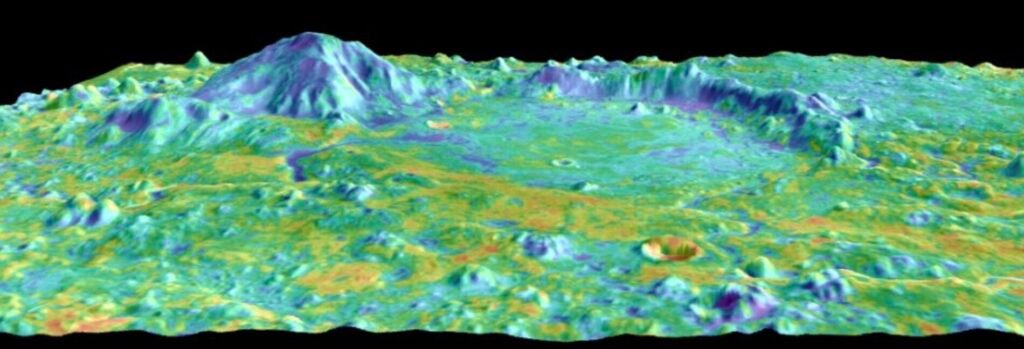
But Jezero Mons lingered in the background, still waiting for a deeper investigation.
A New Eye, A New Perspective
The breakthrough came not from a seasoned researcher, but from a student. Sara C. Cuevas-Quiñones, then an undergraduate in a summer research program at Georgia Tech, decided to revisit Jezero Mons. Building on a prior study by Purdue’s Briony Horgan, who hinted at volcanic features in the region, Cuevas-Quiñones began digging through mountains of Mars data, piecing together a clearer picture of the mountain’s origins.
“I was fascinated,” she says. “What if this wasn’t just another Martian mountain? What if it was volcanic? And if it was volcanic, what did that mean for the whole story we’re telling about Jezero Crater?”
With Wray as her mentor and the help of planetary surface specialist Frances Rivera-Hernández, Cuevas-Quiñones compared Jezero Mons to known volcanoes on both Mars and Earth. The team turned to data from an impressive lineup of Martian orbiters: NASA’s Mars Odyssey, the Mars Reconnaissance Orbiter, ESA’s ExoMars Trace Gas Orbiter, and Perseverance itself.
The Evidence Builds
The clues began to stack up. Jezero Mons showed volcanic layering, the right mineral signatures, and morphology that matched composite volcanoes found elsewhere. Despite the challenges of remote planetary science, where a simple rock sample must be inferred from satellite spectra, the case grew stronger.
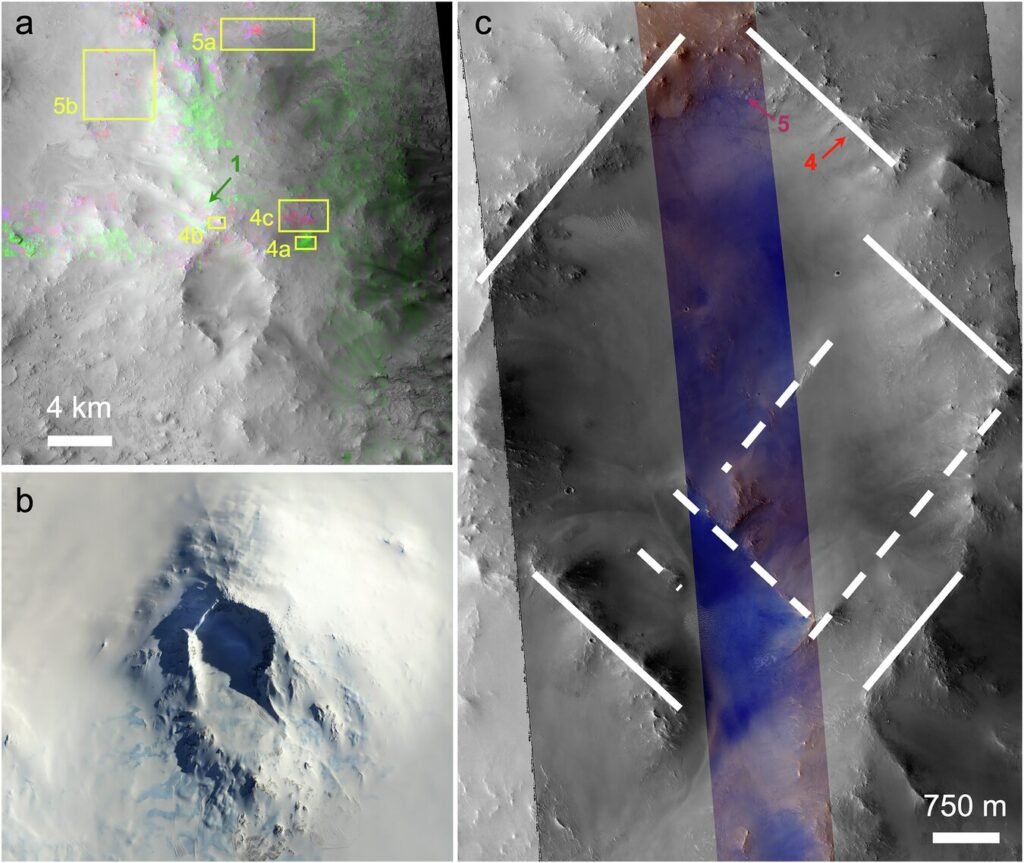
“We can’t walk up to Jezero Mons and bang on it with a hammer,” Wray explains. “But we can show it shares nearly all the features of known volcanoes. And that’s exactly what we did.”
The study, published in Communications Earth & Environment in May, lays out the evidence in detail, arguing that Jezero Mons is likely a composite volcano—a type formed by repeated eruptions that build up layer after layer of hardened lava, ash, and volcanic rock.
It’s a discovery hiding in plain sight at one of Mars’ most studied locations. If scientists missed a volcano here, what else might they have overlooked elsewhere on the Red Planet?
Implications for Martian History—and Life
The implications stretch far beyond geology. Volcanism plays a critical role in planetary habitability. On early Earth, volcanic heat may have powered hydrothermal systems—underwater hot springs teeming with life. The same might have been possible on Mars.
“If Jezero Mons was a volcano, it might have contributed heat to nearby water systems,” says Rivera-Hernández. “You get a lake from an ancient river system, and then you add a nearby heat source? That’s an environment that could support life.”
Volcanoes also help date planetary surfaces. Igneous rocks—formed by cooling lava—can be dated with extraordinary precision using radioactive isotopes. If Perseverance has already collected volcanic rocks tied to Jezero Mons, they may serve as a planetary timestamp, helping calibrate the Martian geological clock.
The Power of Collaboration—and Curiosity
The study is a testament to scientific persistence, but also to the power of fresh eyes. Cuevas-Quiñones, now a graduate student at Brown University, didn’t just help solve a Martian mystery—she shaped the future of planetary exploration.
“This was my first research experience,” she says. “And to go from summer intern to co-author on a paper that could reshape what we know about Mars? It’s been amazing.”
Wray agrees. “We tend to think discoveries have to come from new missions or billion-dollar instruments. But sometimes, it’s about revisiting the data we already have—and asking a new question.”
That spirit—of curiosity, of re-examination—is central to the story of Jezero Mons. A mountain once overlooked is now central to our understanding of Mars, thanks to the persistence of researchers both new and experienced, and the spacecraft still orbiting a dusty, distant world.
A Crater That Keeps Giving
With the Perseverance mission still underway and Mars Sample Return missions in development, Jezero Crater continues to surprise. Already hailed as one of the best places to look for ancient life, it now holds an even more compelling case for exploration: the meeting point of water and fire.
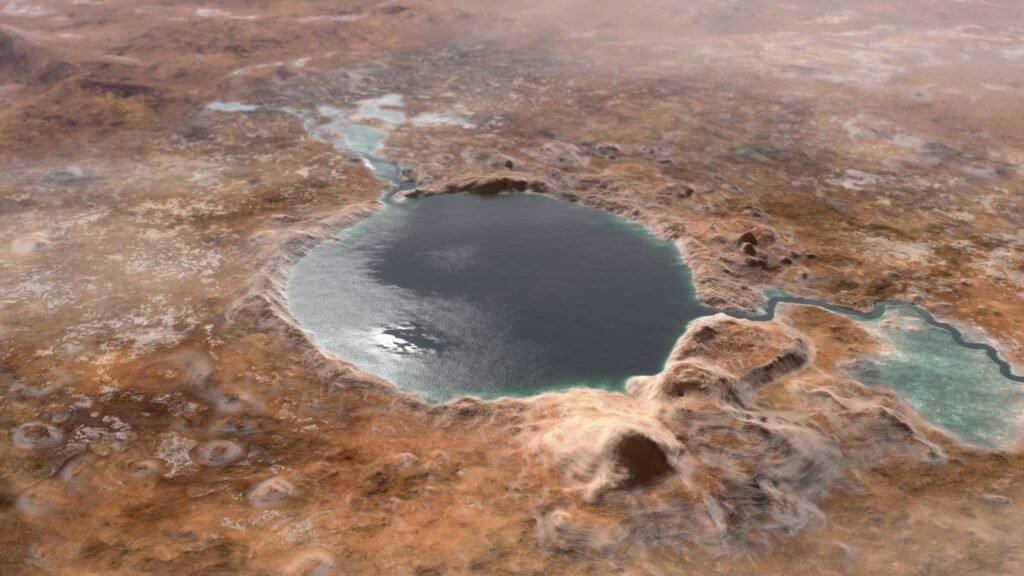
“The coalescence of these two systems—sedimentary and volcanic—is huge,” Wray says. “We have sedimentary rocks that could preserve biosignatures and igneous rocks that can tell us exactly how old they are. That’s a scientific goldmine.”
And if those samples make it back to Earth, he adds, “we’re going to rewrite the geological history of Mars.”
One mountain, one crater, and one bold rover may be just the beginning.
Reference: Sara C. Cuevas-Quiñones et al, Evidence for a composite volcano on the rim of Jezero crater on Mars, Communications Earth & Environment (2025). DOI: 10.1038/s43247-025-02329-7
